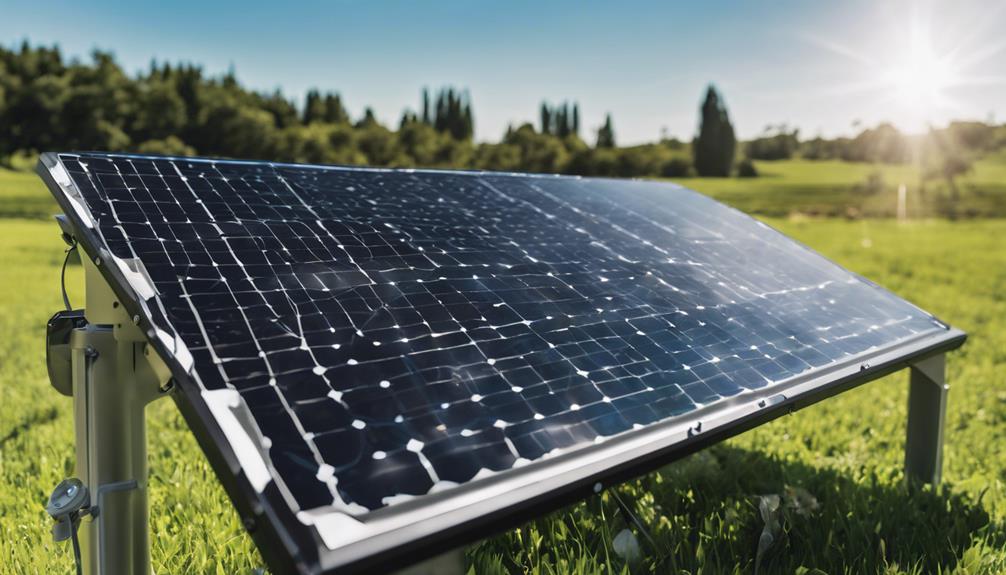
Solar energy has emerged as a promising solution for sustainable power generation, and as the demand for renewable energy sources grows, understanding the harga solar panel (solar panel prices) becomes increasingly important. This article will delve into the factors affecting solar panel prices, the types of solar panels available, government incentives, installation costs, and more. Whether you’re considering a solar energy system for your home or business, this guide will provide you with valuable insights into harga solar panel and how to make an informed decision.
Understanding the Basics of Solar Panel Pricing
When discussing harga solar panel, it’s crucial to understand the components that contribute to the overall cost. Solar panels are primarily priced based on their efficiency, brand, and technology type. The average price of solar panels can vary widely, ranging from $0.50 to $1.00 per watt, depending on these factors. Additionally, installation and maintenance costs must be considered, which can add another $2 to $5 per watt. By comprehending these pricing structures, potential buyers can better assess their budget and financial expectations when investing in solar energy.
Types of Solar Panels and Their Impact on Pricing
The market offers three main types of solar panels: monocrystalline, polycrystalline, and thin-film. Each type has distinct characteristics that influence its harga solar panel. Monocrystalline panels are known for their high efficiency and longevity but tend to be the most expensive option. Polycrystalline panels are more affordable but generally have lower efficiency rates. Thin-film panels, while the least expensive, often occupy more space and have shorter lifespans. Understanding these differences can help consumers choose the type that best fits their energy needs and budget.
Factors Influencing Harga Solar Panel
Several factors influence the harga solar panel beyond the type of panel chosen. These include market demand, technological advancements, and geographical location. For instance, solar panel prices may decrease during periods of high demand due to increased production and competition among manufacturers. Moreover, advancements in solar technology can lead to more efficient panels at lower costs. Location also plays a significant role; areas with higher sunlight exposure or supportive solar policies may see more competitive pricing. Understanding these factors can help consumers time their purchases for the best possible deal.
The Role of Government Incentives in Solar Panel Pricing
Government incentives significantly impact harga solar panel by reducing the overall cost for consumers. Programs such as the Federal Investment Tax Credit (ITC) allow homeowners to deduct a percentage of their solar installation costs from their federal taxes. Additionally, many states offer rebates, grants, and performance-based incentives that can further lower the price. Understanding the available incentives in your area can help you estimate the net cost of your solar panel installation, making solar energy a more attractive option for many.
Evaluating Installation Costs and Long-Term Savings
In addition to the harga solar panel, installation costs are a critical factor to consider. Installation typically accounts for 10-20% of the total solar project cost. It is advisable to obtain quotes from multiple installers to ensure competitive pricing and quality service. Furthermore, evaluating long-term savings is essential. While the upfront costs might seem high, solar panels can lead to substantial savings on monthly energy bills over time. Homeowners can expect a return on investment within 5 to 10 years, depending on energy consumption and local electricity rates.
Comparing Solar Panel Brands and Their Prices
When exploring harga solar panel, comparing different brands is essential. Renowned brands like SunPower, LG, and Canadian Solar offer high-quality products but at varied prices. SunPower, for instance, is known for its premium panels and extensive warranties, which can justify the higher cost. In contrast, brands like Canadian Solar provide budget-friendly options with decent efficiency levels. Conducting thorough research on brand reputation, customer reviews, and warranty offerings will enable consumers to make informed decisions based on their preferences and budget constraints.
How to Find the Best Deals on Solar Panels
Finding the best deals on solar panels requires diligent research and consideration of various factors. Start by exploring local solar installers who may offer promotional discounts or financing options. Online marketplaces can also provide competitive pricing, allowing you to compare different brands and models quickly. Additionally, consider joining community solar programs or co-operatives, which can offer lower pricing through collective purchasing. Staying informed about seasonal sales and promotional events can further enhance your chances of securing a great deal on solar panels.
The Future of Solar Panel Prices: What to Expect
As we look to the future, the harga solar panel is expected to continue its downward trend. Technological advancements, economies of scale, and increased competition among manufacturers are likely to drive prices down further. Moreover, as more consumers adopt solar energy, increased production efficiency may lead to lower costs across the board. It’s essential to stay updated on market trends and developments in solar technology, as these factors will play a significant role in shaping the future of solar panel pricing.
In conclusion, understanding the harga solar panel is essential for anyone considering a transition to solar energy. By familiarizing yourself with the various types of solar panels, the factors influencing their prices, and the potential for long-term savings, you can make an informed decision that aligns with your energy needs and budget. With the right information and resources, you can harness the power of solar energy and contribute to a sustainable future.





